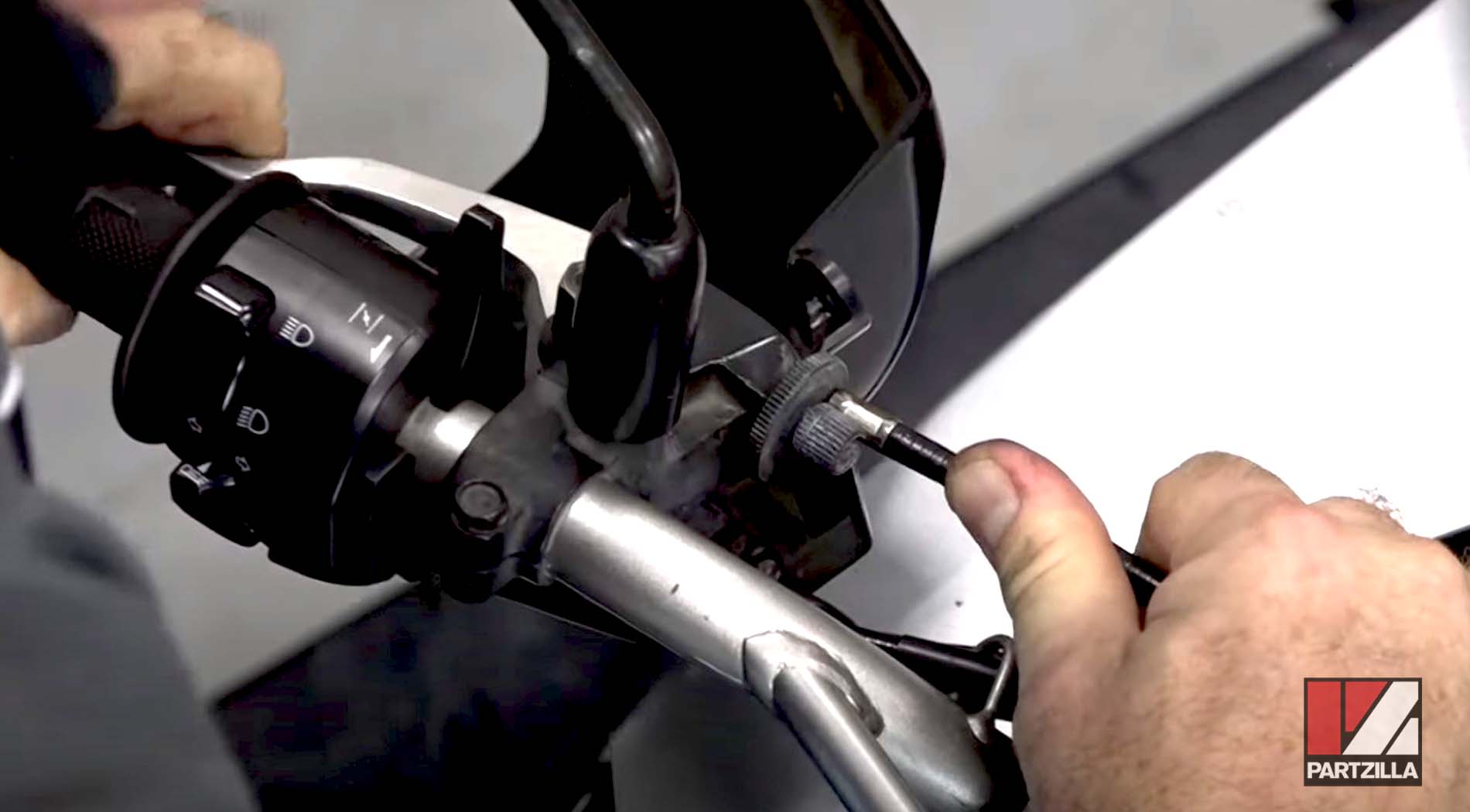Quick Tips for Lubing Motorcycle Cables
Lubing motorcycle cables is another simple maintenance task that often gets overlooked. You should lube your motorcycle’s control cables at least once a year.

Lubing throttle, clutch and brake cables takes little time and effort, and there are cable luber tools available that make the job a cinch. Here are some quick tips for lubing motorcycle cables.
Remove the Cables
Not really necessary, but removing the cables from the bike makes lubing them a whole lot easier and less messy. Plus, removing the cables provides an opportunity to inspect them for wear and replace them if necessary.
Only Use Cable Lube
It might sound obvious, but use only lubricants specifically designed for lubing cables. You might be tempted to lube the cables with oil or other lubricants, but cables have sheaths that can gum up due to exposure to harsh chemicals found in other products.

Avoid using WD-40, chain lube or any other type of oil or lubricant not made specifically for control cables. Stick to specialized cable lube, and place towels or rags on the floor beneath you or the bike to absorb the mess.
Use a Motion Pro Cable Luber Tool
Cable luber tools like the ones made by Motion Pro make lubing motorcycle cables a whole lot easier.
Motion Pro Cable Luber: Injects lubricant into cable housing by clamping over housing and wire. Allows an aerosol can to be connected. Once lube runs out the far end, the cable is lubricated.
Motion Pro V3 Cable Luber: Seals completely around cable housing, making it easier and less messy to clean and lubricate control cables. Adjustable plunger makes for efficient use of lube.
Whether it’s the standard Motion Pro cable luber or the streamlined design of the V3, using one of these tools makes the job even easier than what’s called the “old school” way (more on that later). The V3 (pictured below) is designed to take away the typical mess a cable lubing job makes.

Using a cable luber is simply a matter of slipping the cable through the tool, adjusting the tool’s tightening clamp or plunger to hold the cable in place, and injecting the lube directly in short bursts. Instructions vary depending on the cable luber you buy, but that’s the gist of this simple motorcycle maintenance task.
Grease the Cable Before Reinstalling
Wipe off any excess lube, then apply a little grease to any exposed sections and fittings before reinstalling each cable. If you need help reinstalling or replacing a clutch cable, watch the video below to see how it’s done.
The "Old School" Method
Cable lubers like the Motion Pro tools featured above are very inexpensive, and you should have one in your toolbox. They’ll save you a lot of time, as opposed to what’s known as the “old school” method of lubing cables. Doing this involves cutting a corner off a ziplock bag, sliding the bag over the cable, attaching a rubber band around it, creating a funnel and squirting lube into the bag as you move the cable back and forth. … Seriously, just get a cable luber.







